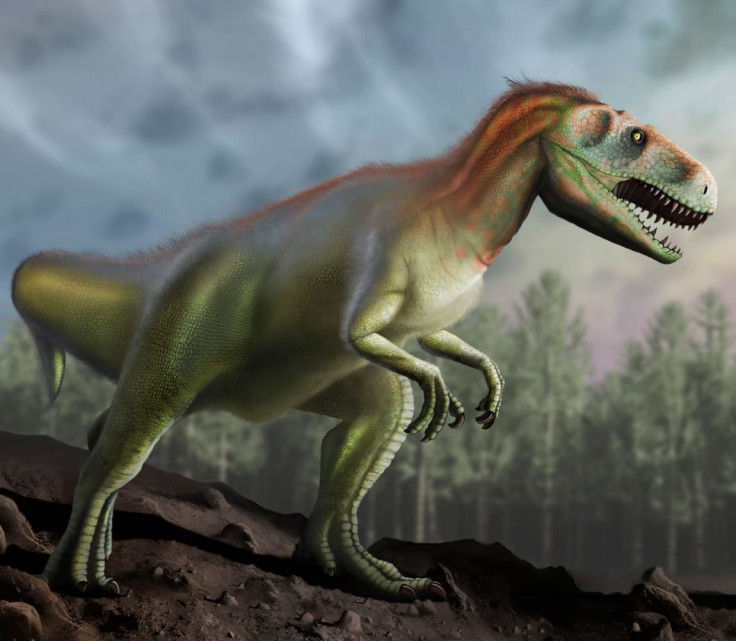Dinosaur-Killing Asteroid Could Treat Cancer: Metal Inside Rock Destroys Cancer Cells

The asteroid that killed off the dinosaurs in a mass extinction event 66 million years ago might also end up curing cancer and saving countless lives.
It has to do with a heavy metal scientists believe the asteroid was carrying, just like other meteorites that have landed on Earth. Iridium is one of the densest and toughest metals on the planet, and researchers are harnessing it to treat disease. A study in the journal Angewandte Chemie International Edition explains that the team made a compound out of iridium and organic material that can be activated by a laser to attack cancer cells, poisoning them with a dangerous form of oxygen.
The study says the treatment is toxic only to cancer cells, and is harmless to healthy ones.
This light-activated compound works by forcing the cancer cells to transform safe oxygen compounds — the healthy O2 that we breathe and need to survive — into a more high-energy and highly reactive version that is deadly to those infected cells called singlet oxygen, the University of Warwick explained. The iridium-organic compound is coated in a substance that reacts to the laser light, which is shined through a patient’s skin, and then activates the heavy metal.
Lung cancer cells grown in a lab have already shown a response to the treatment. The university said it “penetrated and infused into every layer of the tumor to kill it — demonstrating how effective and far-reaching this treatment is.” When the cancer cells were flooded with the poisonous oxygen, their proteins that protect them from environmental stressors like extreme temperatures and help with their metabolism, both crucial to their functioning.
“The precious metal platinum is already used in more than 50 percent of cancer chemotherapies,” researcher Peter Sadler said in the Warwick statement. “The potential of other precious metals such as iridium to provide new targeted drugs which attack cancer cells in completely new ways and combat resistance, and which can be used safely with the minimum of side-effects, is now being explored.”
Researchers are making the connection between iridium and the dinosaur-killing asteroid Chicxulub that struck the southeastern tip of Mexico at the end of the Cretaceous period because the element has been found in sediment samples that date back to that mass extinction event. Iridium is rare but has been found in those samples and in meteorites that have survived their journeys from space to Earth’s surface.
“Cancer patients [are] becoming increasingly resistant to traditional therapies, so it is vital to establish new pathways like this for fighting the disease,” the university said.
Just as researchers have previously used precious metals to develop new cancer treatments, they have also used lasers to activate light-sensitive drugs. Those drugs are created from all sorts of sources, such as one that was derived from bacteria that live on the ocean floor and survive in the low light levels by converting light into energy.
“This project is a leap forward in understanding how these new iridium-based anticancer compounds are attacking cancer cells, introducing different mechanisms of action, to get around the resistance issue and tackle cancer from a different angle,” study coauthor Cookson Chiu said in the statement.
© Copyright IBTimes 2024. All rights reserved.





















